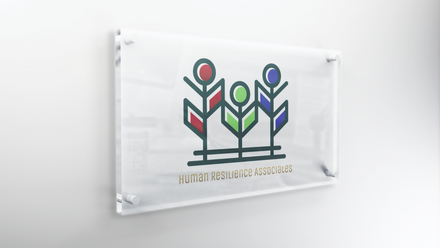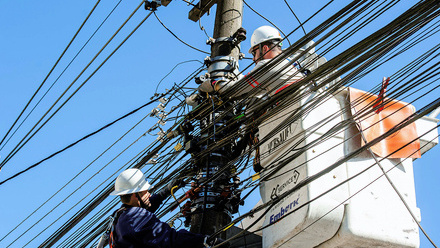Safety at sea
When an emergency happens at sea, having the right evacuation process can make the difference between life and death. Passengers with varying physical abilities need to be able to reach lifeboats and life rafts safely and understand what’s happening and what they need to do.
The design of the ship can also play a significant role, and a new study published in the journal Applied Ergonomics has explored how this can be adapted to make evacuation safer. Researchers looked at taking a Universal Design (UD) approach – which aims to create solutions which are usable by everyone and don’t need to be adapted – to ship design.
They carried out field studies and interviews to identify the challenges involved in evacuation, including passengers with hearing impairments being unable to hear alarms and those with mobility issues affecting access to assembly points and getting into lifeboats. They found that using a UD approach helped to highlight “potential safety issues that lay beyond what is normally considered” and “uncover a wide range of passenger characteristics with relevance for evacuation performance”.
The article added: “Our review of evacuation phases in relation to UD goals shows that UD could inform the design of new or remodelled ships by providing an alternative perspective on crew and passenger requirements, thus reinforcing both efficiency and effectiveness in evacuation.
“For example, analysing safety information and emergency communication methods from a UD perspective showed that information sheets and audible-only emergency communication could exclude passengers with different language skills, hearing, visual or cognitive impairments.
“Applying the UD perspective could also improve working conditions in a variety of crew activities, for example by decreasing the need for heavy lifting, and making it easier for the crew to communicate with passengers.”






